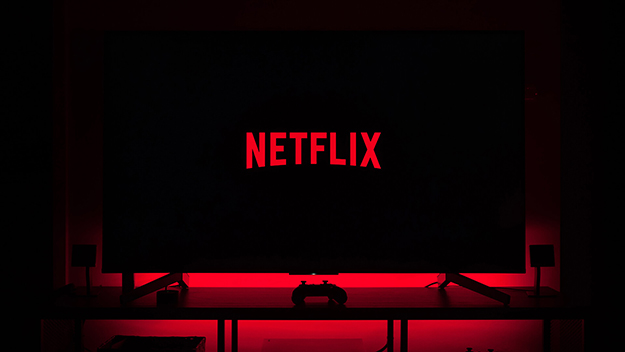
There needs to be rebalancing of how the real and virtual work together.
To ease the minds of risk-aware consumers, experiences will start to become more spacious and comfortable, designed for optimal health and wellbeing. While, at the same time, to counter the distance created between us, brands will fill the empty space with rich hyper-curated environments.
We’ve seen our new no-touch society become reliant on app delivery and subscription-based. A shift from touch points to sense points calls for brands to access and connect every sense, reinterpreting their distinct assets to help people to escape through sound, voice, motion and smell.
Even before Covid-19, the role of the physical space was evolving to both integrate and amplify the digital interactions. Physical spaces have slowly evolved to be less about transaction and more about storytelling. An opportunity here would be to deepen and extend the in real-life experience through a virtual layer.
And while not every brand has the resources to create immersive concept stores (especially in the wake of a recession), the biggest challenge to retail success is how to do more with less. So, while the physical space is designed with less, the digital experience will add something more.
This is where the virtual experience needs to become less generic, and more personal. As this for many brands may be the only opportunity where they can differentiate. Less fill your shopping basket to more choose your own adventure.
As physical distancing results in fewer people in a shared space, experience has to become more personal and more enriching. As the virtual realm is where we’ll connect in large groups, physical spaces will be places for more intimate connections – augmented with the digital.

